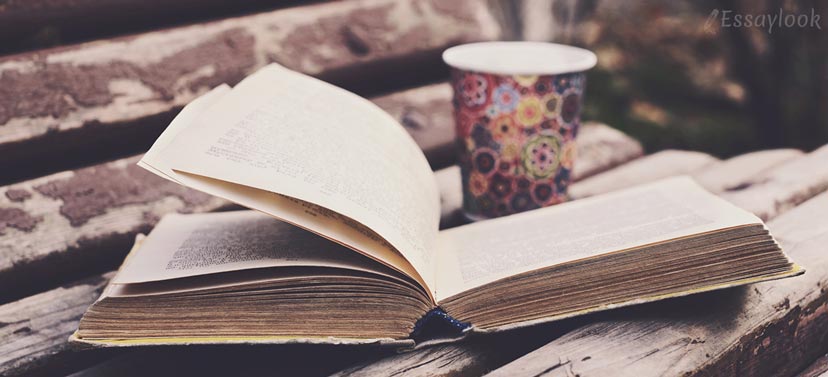
We are constantly surrounded by text. If you look around, most of the signs, advertisements and posters have informational text in them. We should know how to compose e-mails in order to look well-educated and reliable, and, of course, we have to be aware of the basics of completing even harder work: writing any type of the paper we were assigned. Most of the papers are essays, and even though there is plenty of types and approaches on how to write them, there are always some general, but effective hints, too.
Strive to Visualization
More than 80% of information we perceive by sight. That is why the best way to be a good essay writer is to help your reader "see". Many experts from essaylook.com show that readers understand and remember the text better if it is written in concrete expressions which help them form visual images.
What Does It Mean?
If we are talking about a narrative or descriptive essay, a comparison or a well-used epithet will work best. You can think of your own one or borrow a few words from one of your favorite books if you think the stylistic device suits where you want to use it. In other essays, data represented in numbers will be a great illustration, as well as some personal cases of people who have faced a related problem discussed in the paper.
Try to Set Up a Dialogue
It is also important to communicate with your reader. Many of us try to make an impression as if they are smarter than others. Anyway, the investigations show that the result is opposite and after all you appear to be funny.
How to Achieve It?
Things that are easy to be sorted out by our brain are more likely to be perceived as the truth than those conceptions which are hard to understand. The trick is, the brain marks something as “Warning! Too complicated! Do not enter!” and stops trying to understand the fact mentioned.
Take yourself as an equal to your reader. If you try to show off your intelligence and write your text as if you are a professor who composes a lecture plan, your reader will, in the best case, feel not smart enough to get you. In the worst case, they will be mad at you: "Who is this writer to teach me?"

Classic texts which assume the equality between writer and reader help the latter feel like a genius. Imagine that you need to explain your friend, who is as smart as you are, something that they do not know. This is a symmetry between a writer and a reader. This is the intention to make your text more visual and concrete. From that comes the joy that you can show your reader something in the world what they could not see by themselves. This easy approach will help you raise a level of your texts.
Avoid The "Curse of Knowledge"
The main reason of bad texts is not your fault. Your brain is not programmed to write good texts. Moreover, it works against you. As soon as you get to know something, you suppose that others know it, too. This is the human's nature. As a result you are more likely to get bad texts. Have you heard someone asking you to explain to them something as if you were talking to a five-year-old child? This is an attempt to fight against the "curse of knowledge." How to solve this problem? Do the same thing as many of writers keep on doing for years: let someone read your text and then say whether it is understandable.

Tell About Yourself
There is also a problem when the writer thinks that it is too immodest to tell about themselves. They decide to only include facts. Consequently, we get a rather faceless and flat text. The author then makes an impression of a pedant who shows off his intelligence in front of an auditory.
How Can This Be Fixed?
In order to create a text which will be easy to perceive, you should write more about yourself. Put into your text everything that is called “texture” in journalism: your emotions, thoughts, doubts, a story with your own plot. Behind the lines of an article we see the person who is alive, who thinks and speaks. We try their circumstances and experience, as well as the way of their thinking. Such text gives an opportunity to regard yourself in a detached spirit, to ask yourself a question whether it is actual for you, whether you could have done that, too. Such texts draw a reader into the process of comprehension.
Anything Else?
Basically, these are the few tips chosen for you to focus on first, and then you can look up some more pieces of advice to help you out and improve your writing skills. Another way to get a good paper as an example of how a good essay should look like would be to order it from our website and use as the guiding star in your future studies.
Good luck!
